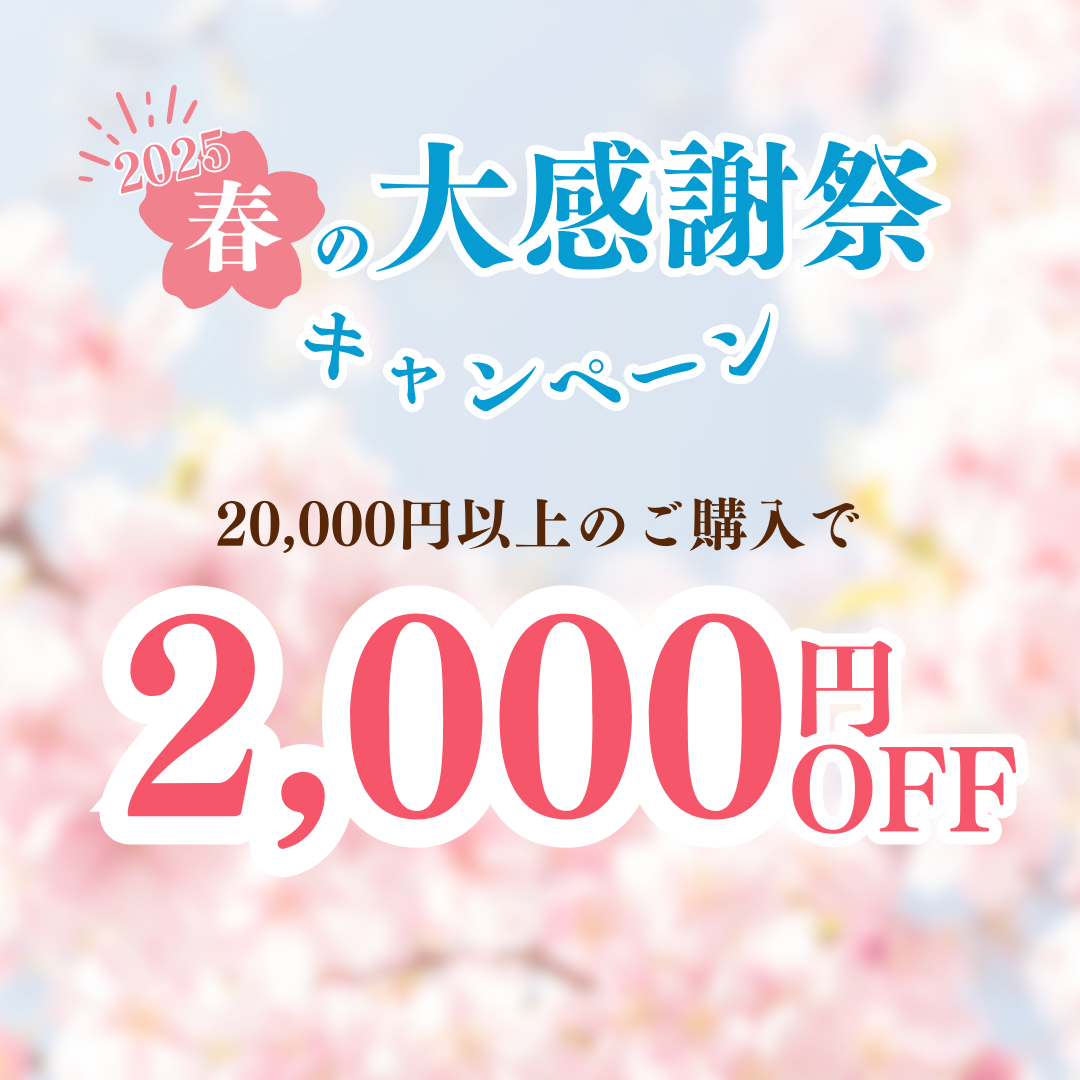NaN
/
of
-Infinity
[Tea utensils/tea ceremony tools Furo kettle (kettle for furo)/Tsurigama (for fishing kettle)/Ryutei] Fuji Arare kettle (Fuji shape) Kettle lid with a single character Made by Sato Kiyomitsu With kettle ring
[Tea utensils/tea ceremony tools Furo kettle (kettle for furo)/Tsurigama (for fishing kettle)/Ryutei] Fuji Arare kettle (Fuji shape) Kettle lid with a single character Made by Sato Kiyomitsu With kettle ring
Product Code: hurokama-39
Regular price
64,680 円
Regular price
Sale price
64,680 円
Unit price
/
per
Tax included.
Shipping calculated at checkout.
Couldn't load pickup availability
●What is arare (grain)? It is a decorative technique for the surface of a tea kettle, in which small granular protrusions are made to stand out on the surface.
Arare is made by pushing each grain into the finished mold with a spatula with a rounded tip. These grains are called arare, and the act of pushing the grains is called hitting the arare.
It is also called "ararehada."
There are various types of hail, ranging from small grains to large grains, such as ko-arare (small hail), o-arare (large hail), and oni-arare (very large hail).
It may be applied to the entire kettle or to just a few parts such as the shoulders and waist. There are also some where patterns are placed inside the arare through windows carved into the arare, or where patterns are scattered on top of the arare pattern.
In the Ashiya kettle, the grains are small and have rounded, gentle tips, and many of them are covered in hail, and those that are only partially covered are said to be from a later period.
Size: Approx. bottom diameter 20 x height excluding lid 17.5 cm
Approx. diameter 11cm
Material: Lid (Kara bronze [Karakin])
Body (steel)
Author: Sato Kiyomitsu
----------
[8th generation]
Full member, Japan Crafts Association
Born in Yamagata in 1920
First prize at the Nitten Exhibition in 1953
1999 Received the Saito Mokichi Cultural Award
1992: Awarded the Order of the Sacred Treasure, Sixth Class
Died in 1996
----------
Accessories: With hook
Box: Wooden box
Arare is made by pushing each grain into the finished mold with a spatula with a rounded tip. These grains are called arare, and the act of pushing the grains is called hitting the arare.
It is also called "ararehada."
There are various types of hail, ranging from small grains to large grains, such as ko-arare (small hail), o-arare (large hail), and oni-arare (very large hail).
It may be applied to the entire kettle or to just a few parts such as the shoulders and waist. There are also some where patterns are placed inside the arare through windows carved into the arare, or where patterns are scattered on top of the arare pattern.
In the Ashiya kettle, the grains are small and have rounded, gentle tips, and many of them are covered in hail, and those that are only partially covered are said to be from a later period.
Size: Approx. bottom diameter 20 x height excluding lid 17.5 cm
Approx. diameter 11cm
Material: Lid (Kara bronze [Karakin])
Body (steel)
Author: Sato Kiyomitsu
----------
[8th generation]
Full member, Japan Crafts Association
Born in Yamagata in 1920
First prize at the Nitten Exhibition in 1953
1999 Received the Saito Mokichi Cultural Award
1992: Awarded the Order of the Sacred Treasure, Sixth Class
Died in 1996
----------
Accessories: With hook
Box: Wooden box
[About paid individual packaging]
If you would like individual packaging (charges apply), click View Cart, check "I would like individual packaging", and then add the desired quantity to "Quantity".
*The following products are not eligible for individual packaging. If you would like to package the folding fan or colored paper, we will provide a paid box or bag for each.
- Mail delivery products
- Folding fan (paid box available/no packaging)
- Colored paper (paid bag available/no packaging)
- Zodiac theme related products
【Related Category】

























![[Tea utensils/tea ceremony tools Furo kettle (kettle for furo)/Tsurigama (for fishing kettle)/Ryutei] Fuji Arare kettle (Fuji shape) Kettle lid with a single character Made by Sato Kiyomitsu With kettle ring](http://imaya.co.jp/cdn/shop/products/hurokama-39_1.jpg?v=1709079716&width=1445)
![[Tea utensils/tea ceremony tools Furo kettle (kettle for furo)/Tsurigama (for fishing kettle)/Ryutei] Fuji Arare kettle (Fuji shape) Kettle lid with a single character Made by Sato Kiyomitsu With kettle ring](http://imaya.co.jp/cdn/shop/products/hurokama-39_2.jpg?v=1709079716&width=1445)